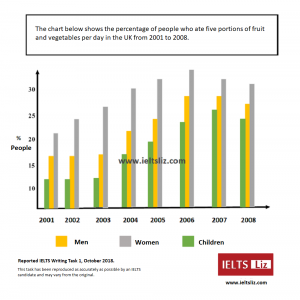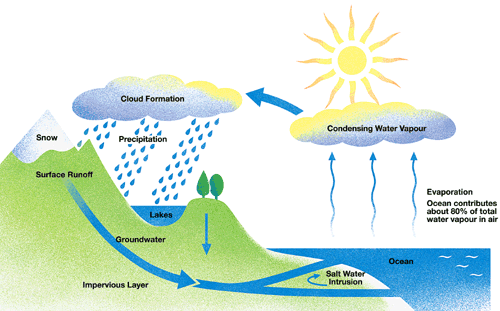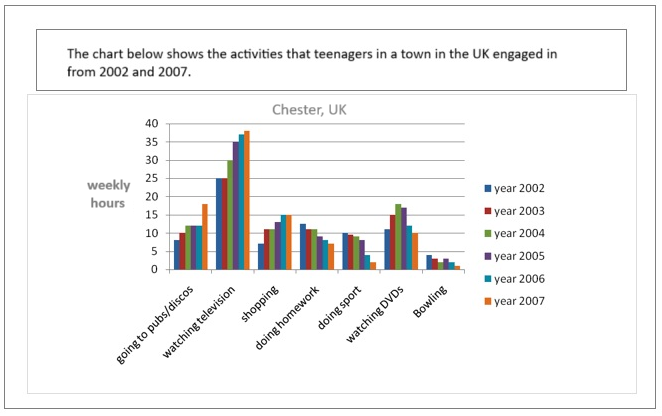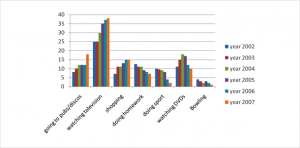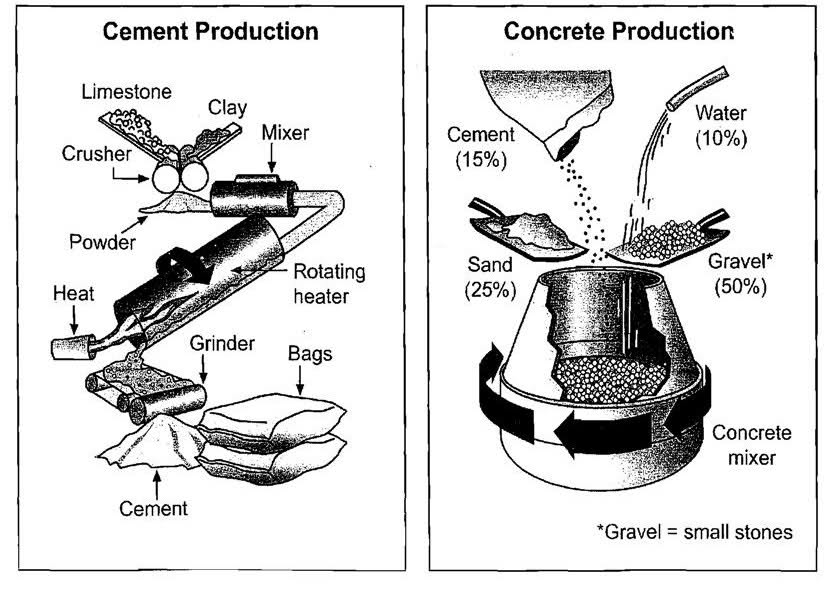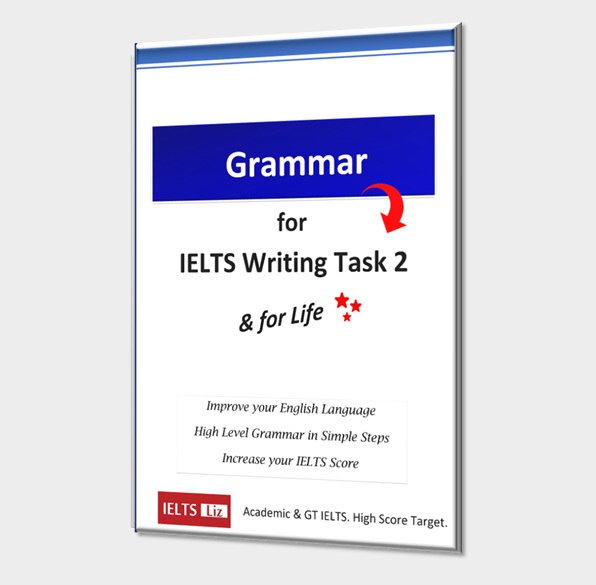This IELTS writing task 1 bar chart (October 2018) was reported and reproduced by an IELTS candidate. It appeared in the IELTS test three days ago. You can download a pdf copy below.
IELTS Writing Task 1 October 2018
Download: IELTS Writing task 1 October 2018
Model Answer
A model answer is now available for this writing task 1.
Click here: MODEL ANSWER FOR TASK ABOVE
All the best
Liz
